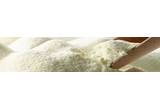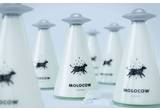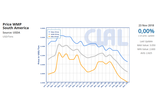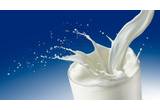Production of casein to reduce

The casein season is almost over. Only a couple of dairies continue production of small amounts of casein to fulfill old contracts. The business is not inspiring, no proper price both for casein itself and for by-product butter.
Traders buy the remains of technical acid casein at 5000−5200 USD/t. Prices are low, but importers' considerations are clearc — this the realitity of the world dair...







